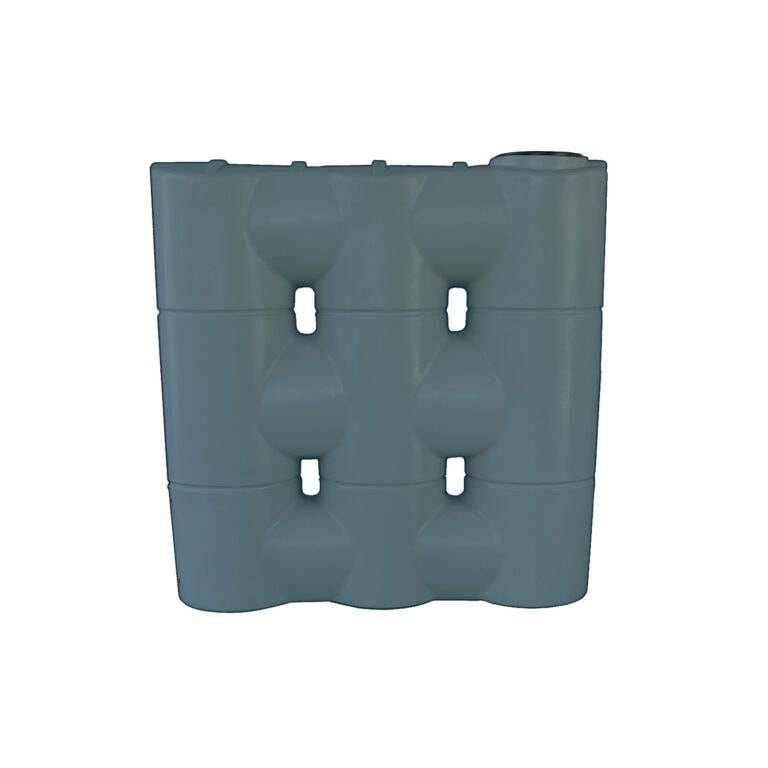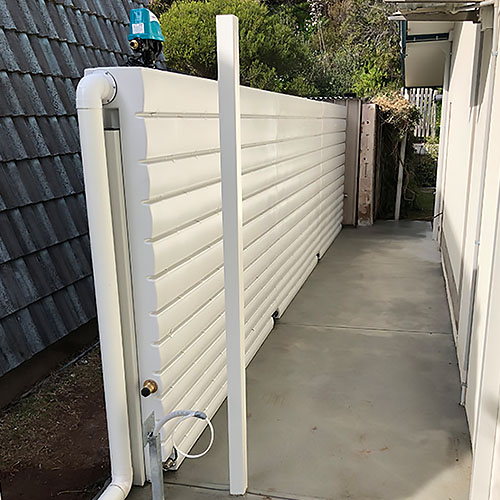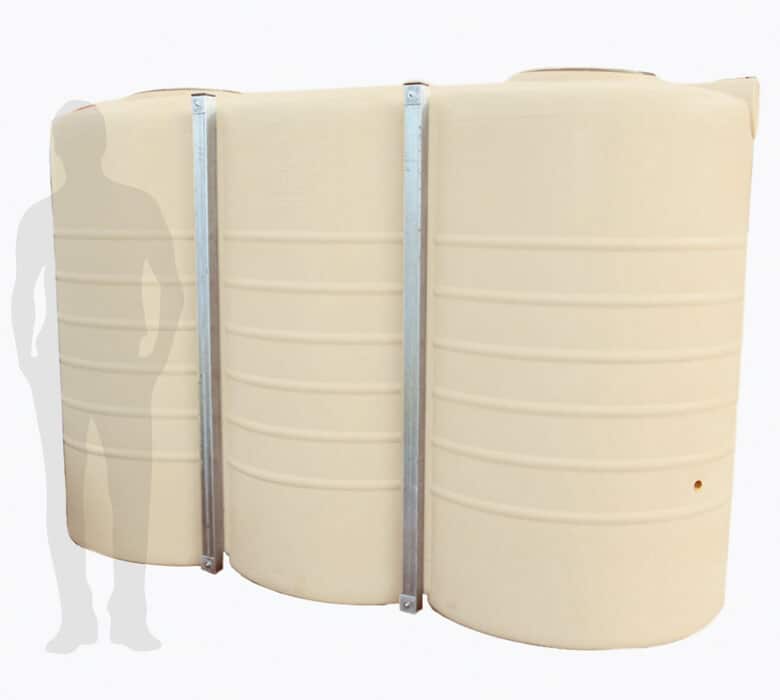Exactly How Slimline Water Tanks Boost Your Home's Water Effectiveness
Wiki Article
Understanding the Importance of Rain Tanks in Drought-Prone Regions for Water Security
In regions prone to extended dry spells, the duty of rainwater storage tanks in bolstering water safety and security is a subject of expanding importance. As neighborhoods grapple with the challenges of water scarcity, understanding the significance of these containers surpasses simple collection of rain. Rain tanks serve as a crucial device in mitigating the impact of water shortages by supplying a sustainable source of water for various needs. Nevertheless, truth value of rain tanks extends far beyond mere storage space; it encompasses resilience-building procedures and the promotion of lasting water preservation techniques. This complex method to water safety warrants a more detailed examination of the duty rainwater storage tanks play in guaranteeing a trustworthy water supply during times of dry spell.Advantages of Rainwater Storage Tanks
Making use of rain tanks offers a sustainable remedy for augmenting supply of water and enhancing water safety in residential and business setups. One of the main advantages of rain tanks is their capability to reduce dependency on mains water supply. By capturing and storing rain that falls on rooftops, this alternate source can be utilized for different non-potable purposes such as watering, purging toilets, and cleaning clothing. This not just conserves treated alcohol consumption water yet also decreases water costs for users.
Rain Harvesting Techniques
Rainwater gathering techniques incorporate a variety of approaches created to efficiently accumulate and save rain for various objectives, adding to water conservation and sustainability. One typical strategy is the setup of roof catchment systems, where rainwater is gathered from the roof covering of a structure and directed to a tank. This approach is fairly simple and economical. One more prominent strategy is the use of above-ground or underground tank to save rainwater for later usage. These storage tanks can be found in various dimensions and materials to suit different requirements and can be attached to the existing pipes system for easy gain access to.
In addition, rainfall yards and permeable sidewalks are ingenious strategies that involve landscape design or paving surfaces in a manner that allows rain to percolate right into the ground, renewing groundwater reserves. In addition, contour farming and terracing are farming practices that help catch rainwater and protect against soil disintegration in sloping terrain. By executing these varied rainwater harvesting techniques, areas can boost water safety and security and resilience in drought-prone areas while promoting lasting water monitoring techniques.
Value of Water Safety And Security
Making certain reliable access to tidy and enough water sources is critical for maintaining human health and wellness, financial growth, and environmental wellness. Water safety is an important facet of societal resilience, particularly in regions prone to dry spells and water deficiency. Appropriate water safety incorporates numerous measurements, consisting of availability, quality, and accessibility of check that water for residential, agricultural, commercial, and environmental requirements.Water safety plays a crucial role in advertising public health by reducing the occurrence of waterborne diseases and guaranteeing cleanliness facilities. Economically, water safety is essential for farming productivity, industrial procedures, and general financial development. Slimline water tanks. Additionally, water safety and security is closely connected to ecological sustainability, as it supports ecosystems, biodiversity, and general ecological equilibrium.
In drought-prone areas, water safety and security comes to be also much more vital due to the heightened risk click here for more of water shortages. Carrying out techniques like rain harvesting, water recycling, and efficient water monitoring practices can considerably boost water protection in these locations. By focusing on water safety, communities can much better withstand the impacts of climate adjustment, population growth, and other challenges that threaten water availability.
Enhancing Water Strength
With enhancing worldwide water obstacles, building durability in water systems has become an important focus for sustainable development initiatives. Enhancing water resilience involves carrying out approaches to make certain water availability and high quality despite altering ecological problems, such as dry spells, floods, and contamination.One trick aspect of improving water resilience is promoting the usage of rainwater containers in drought-prone areas - Slimline water tanks. Rainwater containers function as a reliable ways of recording and storing rainwater for later usage, minimizing reliance on scarce freshwater sources throughout completely dry periods. By including rainwater harvesting systems right into water monitoring strategies, areas can enhance their capacity to endure water deficiency and preserve water safety

Sustainable Water Conservation
In the middle of rising water obstacles, the sensible management of water sources via sustainable preservation techniques is necessary for making sure long-term ecological security and social wellness. Lasting water preservation involves the reliable use water resources to satisfy current demands without jeopardizing the visit ability of future generations to fulfill their very own requirements. By implementing techniques such as rainwater harvesting, greywater recycling, and water-efficient innovations, areas can minimize water waste and alleviate stress on freshwater sources.Additionally, lasting water conservation methods add to ecosystem health and wellness by preserving appropriate water degrees in rivers, lakes, and marshes, supporting biodiversity, and preserving all-natural environments. These techniques additionally play a crucial role in reducing the influences of climate change by helping to adjust to altering precipitation patterns and water availability.

Verdict
Finally, rainwater containers play a critical duty in boosting water safety and security and resilience in drought-prone areas. By using rainwater harvesting methods, communities can lower their dependence on standard water resources and advertise lasting water preservation techniques. This not only assists minimize the effects of water shortage during droughts yet additionally contributes to long-lasting water safety and security and strength in the face of environment change challenges.Report this wiki page